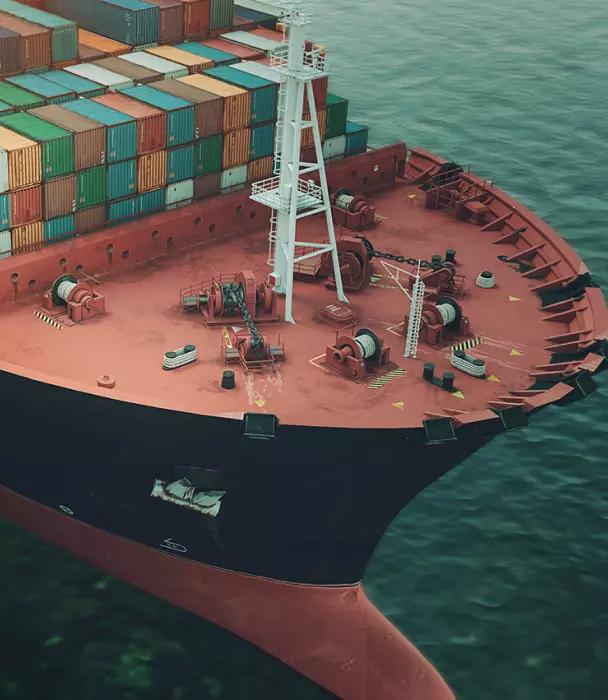By staying up-to-date on these developments, businesses can better prepare themselves to meet the challenges and opportunities of the evolving shipping landscape. Here are the top 5 trends to follow:
1. Advanced vessel maintenance- Advanced technologies such as artificial intelligence (AI) and machine learning are used for predictive analytics to monitor the condition of critical equipment on vessels, machinery performance analysis, and monitoring the general performance of the systems and vessels. A greater understanding of a vessel's performance and condition leads to better usage optimization, more efficient voyage planning, and early identification/prevention of damage or breakdowns—all resulting in cost-saving.
2. The Green journey continues- As environmental issues continue to attract attention and become a concern for more and more people, the shipping industry's journey toward sustainability also continues. We expect to see additional investments and development of green practices, and shipping operations becoming more and more environmentally friendly, with new steps taken already this year. Lately it was published that Kongsberg maritime signed a contract to supply engineering and technology for two hybrid Ro-Ro vessels. Maersk Line, one of the world’s leading shipping lines, just published that this summer the first container vessel intended to be propelled by green methanol will be launched. Additional shipping lines are also working on different technologies that would continue to reduce fuel emissions and increase sustainability.
3. Autonomous ships- Starting in 2022, a Norwegian shipping line began transporting mineral fertilizer with an autonomous ship. Now, it's being replicated by shipping lines around the world, and there are currently trials with two fully electric autonomous cargo ships by Kongsberg and Massterly. Massterly is also helping Reach Subsea operate a remotely-operated underwater vessel, while companies like Rolls-Royce and Maersk Line are testing their own versions of autonomous ships. We can expect to hear more about these technologies in the coming years.
4. Digitalization and Automation- The shipping industry was not one of the first adopters of online services and digitalization, but in the last few years, and since the Corona virus appeared in our lives, the importance of such services has become more and more obvious. We can see that the use of automation in shipping has been on the rise and this trend is expected to continue in 2023. Technologies like AI and Machine learning will improve processes and operations, and be used for analyzes and business forecasts, as well as real time decision making. We will hear more about robotic port equipment, drones, warehouses and supply chain automations- along with cloud computing and the Internet of Things (IoT).
5. Blockchain- A blockchain is a decentralized public ledger that records information and is very difficult or impossible to break/ hack/ change. Its strength results from duplicating and distributing the information across multiple computers on the network without having one central main point that can control it. The information flow can be tracked and monitored in real time, so it enables a digital and secure way to transfer documents and monitor transactions, and creates a more transparent process. These advantages are also translated into cost reduction resulting from either direct savings (paper, mistakes, manpower) and indirect (fraud, time saving in different parts of the shipment process).
In conclusion, the shipping industry is continuing to evolve and transform. We have seen an increasing emphasis on sustainability and environmental concerns, which has led to a shift towards more eco-friendly and carbon-neutral practices.
Another trend to keep an eye on is the adoption of new technologies such as blockchain, artificial intelligence, Internet of things and robotics. These technologies have the potential to streamline operations and improve efficiency across the supply chain. Overall, the shipping industry is in a state of constant change, and keeping up with these trends and developments will be essential for businesses to remain competitive and successful in the years to come.


